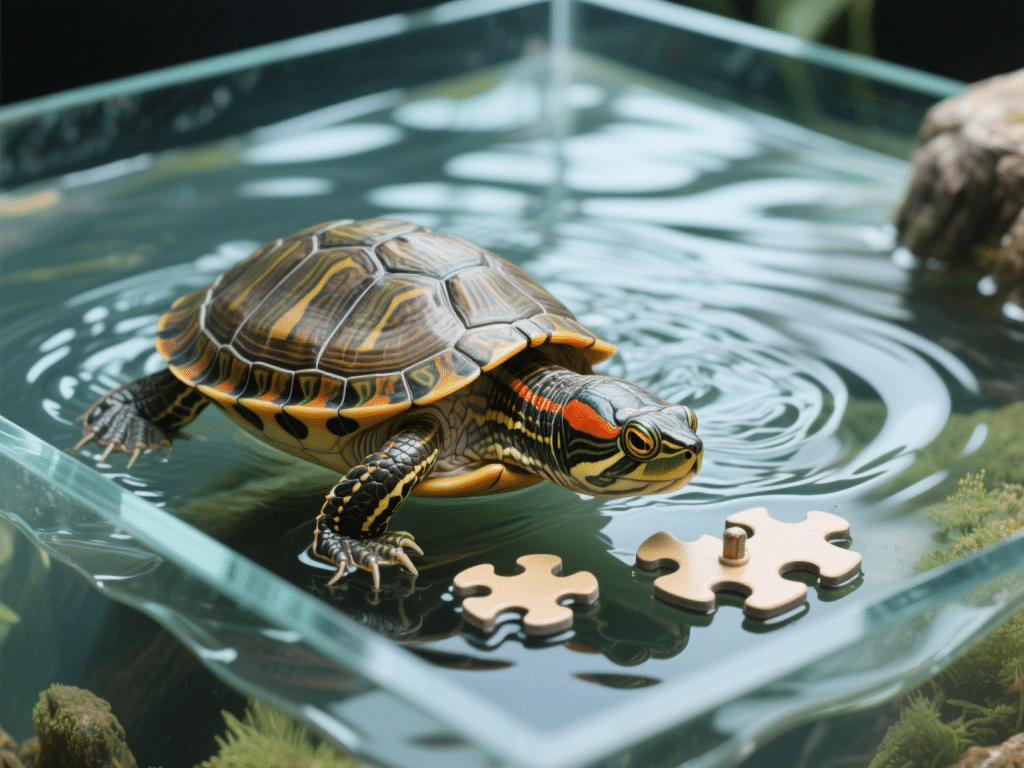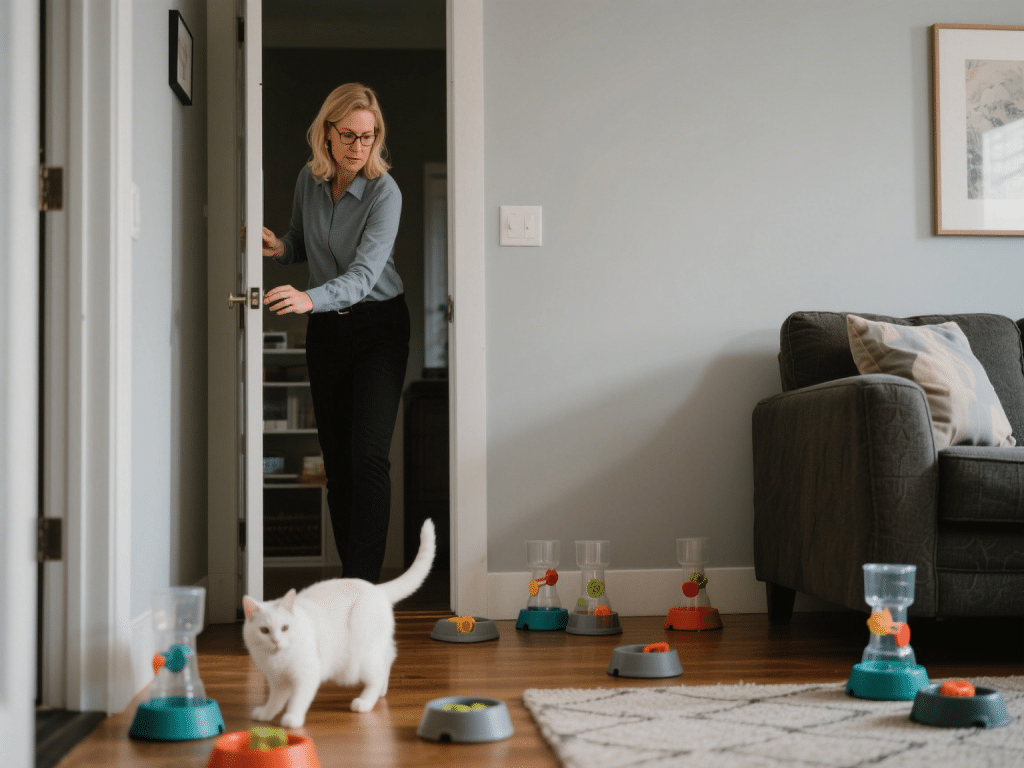Homemade Healthy Cat Treat Recipes Your Cat Will Love
Cats thrive on balanced nutrition, and while commercial treats can be convenient, making your own healthy cat treats ensures you know every ingredient that goes into your pet’s snack. This guide provides three simple, nutritionally balanced recipes that will delight your cat and support its well-being. Each recipe uses human-grade ingredients, avoids fillers and additives, and can be prepared in under 30 minutes. Follow the guidelines below to keep your feline friend happy, healthy, and eager for more.
1. Tuna & Catnip Bites
Why This Treat Works:
Tuna is an excellent source of lean protein and omega-3 fatty acids, supporting skin and coat health. Dried catnip adds a burst of flavor many cats find irresistible.
Ingredients (Makes ~20 Bites)
1 can (5 oz/140 g) tuna in water, drained and flaked
½ cup oat flour (gluten-free)
1 tablespoon dried catnip, finely crushed
1 large egg, at room temperature
Nutritional Benefits
Protein: Tuna offers high-quality protein essential for muscle maintenance.
Omega-3 Fatty Acids: Supports cognitive function and reduces inflammation.
Fiber: Oat flour provides gentle fiber for healthy digestion.
Instructions
Preheat & Prep: Preheat the oven to 325 °F (160 °C). Line a baking sheet with parchment paper.
Combine Dry Ingredients: In a medium bowl, mix oat flour and dried catnip until evenly distributed.
Incorporate Tuna: Add flaked tuna to the dry mix. Use a fork to break down any larger chunks for uniform texture.
Bind with Egg: Crack the egg into the bowl and stir until the dough holds together. If too wet, add up to 1 tbsp more oat flour.
Shape Bites: Scoop teaspoon-sized portions of dough and roll into small balls (~½ inch diameter). Place on lined baking sheet, leaving ½ inch between each.
Bake: Bake for 15–18 minutes, or until edges are lightly golden. Avoid overbaking to preserve tenderness.
Cool & Store: Allow treats to cool completely before serving. Store in an airtight container in the refrigerator for up to 7 days or freeze for up to 1 month.
2. Chicken & Pumpkin Delights
Why This Treat Works:
Lean chicken provides essential amino acids, while canned pumpkin offers soluble fiber and vitamins A and C to support digestive health.
Ingredients (Makes ~18 Pieces)
½ cup cooked, shredded chicken breast (no seasoning)
¼ cup canned pure pumpkin puree (100% pumpkin, no spices)
½ cup whole wheat flour or brown rice flour for grain sensitivity
1 teaspoon olive oil (extra-virgin)
Nutritional Benefits
Lean Protein: Chicken breast is low in fat yet rich in muscle-building nutrients.
Soluble Fiber: Pumpkin helps regulate digestion and can alleviate occasional constipation.
Vitamin A & C: Essential for immune function and eye health.
Instructions
Preheat & Assemble: Preheat oven to 350 °F (175 °C). Grease a mini-muffin tin or line with silicone liners.
Mix Wet Ingredients: In a bowl, blend shredded chicken, pumpkin puree, and olive oil until smooth.
Add Flour: Gradually stir flour into the wet mixture, forming a pliable dough. If too sticky, add 1–2 tbsp more flour.
Fill Muffin Tin: Using a small cookie scoop or tablespoon, fill each mini-muffin cavity with dough, pressing gently to compact.
Bake: Bake for 20–22 minutes, or until tops are set and a toothpick inserted comes out clean.
Cool & Remove: Let treats cool in the tin for 5 minutes, then transfer to a rack to cool completely.
Storage: Store in the refrigerator for up to 5 days or freeze portions for up to 4 weeks.
3. Salmon & Sweet Potato Crunchies
Why This Treat Works:
Salmon is an excellent source of taurine and omega-3 fatty acids, vital for heart and eye health. Sweet potato adds complex carbohydrates and beta-carotene.
Ingredients (Makes ~15 Crunchies)
1 small sweet potato (about 6 oz/170 g), peeled and cubed
¼ cup canned wild-caught salmon, drained and flaked
½ cup rice flour (gluten-free)
1 egg white, lightly beaten
Nutritional Benefits
Taurine: Salmon supplies this essential amino acid critical to feline cardiac health.
Beta-Carotene: From sweet potato, which converts to vitamin A to support vision.
Healthy Carbohydrates: Provide energy without spiking blood sugar.
Instructions
Cook Sweet Potato: Place sweet potato cubes in boiling water and simmer for 10–12 minutes, or until tender. Drain thoroughly and mash until smooth. Let cool slightly.
Preheat Oven: Preheat to 325 °F (160 °C) and line a baking sheet with parchment paper.
Combine Salmon & Potato: In a bowl, mix mashed sweet potato and flaked salmon until evenly combined.
Add Flour: Stir in rice flour to form a stiff dough; add more flour by teaspoon if necessary.
Shape Crunchies: Drop teaspoonfuls of dough onto the prepared sheet and flatten slightly with the back of a spoon to create thin, bite-sized discs (~⅓ inch thick).
Brush with Egg White: Lightly brush each disc with egg white to promote golden browning and crispness.
Bake: Bake for 18–20 minutes, or until edges are crisp and centers are firm. Rotate pan halfway for even baking.
Cool & Serve: Allow treats to cool completely—they will become crunchier as they cool. Store in an airtight container for up to 10 days. For longer storage, freeze up to 1 month.
Tips for Success
Ingredient Quality: Always choose human-grade, unseasoned ingredients. Avoid added salt, spices, onions, garlic, and artificial preservatives.
Texture Matters: Monitor moisture levels. Dough should be pliable but not sticky. If treats crumble, add a splash of water or egg; if too wet, incorporate more flour.
Baking Times: Ovens vary. Check for light golden edges and firm centers rather than relying solely on prescribed times. Overbaking can produce brittle treats that break teeth.
Introduction: When introducing new treats, offer just one or two to confirm your cat tolerates the ingredients. Watch for any signs of allergy or GI upset.
Portion Control: Treats should make up no more than 10% of your cat’s daily caloric intake. Consult your veterinarian to adjust portions according to your cat’s weight and activity level.
Customization: You can swap proteins (turkey, lean beef) or adjust purees (sweet potato, squash) as long as you maintain a balanced ratio of protein, healthy fat, and fiber.
Why Homemade Treats Matter
Transparency: You control every ingredient, ensuring zero hidden additives or preservatives.
Cost-Effective: Bulk ingredients and batch baking often cost less than premium commercial treats.
Bonding: Preparing treats for your cat strengthens your bond; many cats show affection when they sense homemade care.
Tailored Nutrition: You can create recipes suited to your cat’s unique dietary needs, allergies, or sensitivities.
By following these three nutrient-rich recipes, you’ll provide your cat with wholesome snacks made from scratch. Homemade healthy cat treats eliminate unnecessary fillers and artificial ingredients, support your cat’s overall health, and satisfy even the most discerning feline palate. Enjoy baking these delightful bites and treat your cat to something that’s both delicious and nourishing!









Comments on "Homemade Healthy Cat Treat Recipes Your Cat Will Love" :